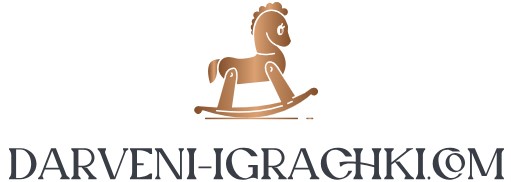This can involve regular updates to executive leadership, presentations to potential investors, or even engaging with customers directly to gather insights. By maintaining open lines of communication, a Product Lead can effectively advocate for the product and secure the necessary support and resources for its ongoing development. Product management is a dynamic and rewarding field that requires a versatile skillset and the ability to adapt to changing circumstances. Whether you’re interested in building products for consumers, enterprises, or digital platforms, there are a variety of product management roles to explore. I had to convince my boss to let me take on the role, which wasn’t easy. It took almost a year of begging and pleading to officially become a PM, but that’s actually pretty normal in our industry.
Build your product management portfolio
According to Payscale, the average pay for Web development product managers is around $104,000. An experienced product manager with 10 to 19 years of experience can expect to earn an average salary of about $120,000, with variations depending on geography. Communication skills are vital to this role since these professionals must articulate their companies’ visions for each product and encourage leadership buy-in. The vice president of product management oversees high-level responsibilities like budgeting, marketing strategy and resource allocation. The VP of product management adjusts strategy and tactics around a product to meet the company’s goals and boost its profitability.
Tools and Programs Product Managers Use
Creating a product manager portfolio is a great way to stand out when applying for product management jobs. A portfolio allows you to showcase your work visually, giving potential employers deeper insights into your skills, projects, and hands-on experience. Unlike a CV, which lists your qualifications chronologically, a portfolio is a dynamic, detailed representation of your abilities, using real projects and case studies to tell your story. Mentoring junior managers and elevating them to group product managers is another part of a lead product manager’s responsibilities (in bigger companies). To make sure they’re making all the right decisions, a lead product manager informs them about the product at key points of its lifecycle.
Product manager responsibilities
It then evolves as they develop expertise in managing complexity, driving cross-functional collaboration, and influencing outcomes at scale. Below is a breakdown of how aspiring professionals can navigate this career trajectory. By sitting at this intersection, the Product Lead becomes a critical force for execution. They’re not just managing people or timelines — they’re guiding outcomes.
- Networking with experienced professionals can open doors to new opportunities and contributions to personal and career growth.
- But touching every decision isn’t the product manager’s job—at least it shouldn’t be.
- Product managers, sorted similarly with marketing managers by the U.S.
- A good product manager’s ability to lead tells the story of the product.
- Product managers focus on the day-to-day execution, working closely with engineering, design, and marketing to bring the product to life.
- Becoming a Principal Product Manager (PPM) requires a mix of solid education, certifications, and practical experience.
This is the https://wizardsdev.com/en/vacancy/senior-lead-product-manager-edtech/ only way you’ll see the product through to successful completion. Developing a strategic plan and presenting it to the marketing team and key stakeholders. Then, throughout the lifecycle of the product, they continue to communicate how they plan to navigate the roadmap.
- With over 100,000 product managers in the community, the Product School Slack community is a fantastic place to network.
- A product leader can think logically and artistically at the same time — and sees the finished puzzle where others see a box full of random pieces.
- By focusing on people and their development instead of the product itself, they’re ultimately steering the product.
- Successful product leads have a keen sense for developing product strategy and envisioning solutions that will create value for users and move the business forward.
- They do this while trying to find ways of reducing the time-to-solution, which is the time it takes for an end-user to solve a problem with the product.
- Understanding the technical aspects of successful products in the industry is an essential product lead skill.
